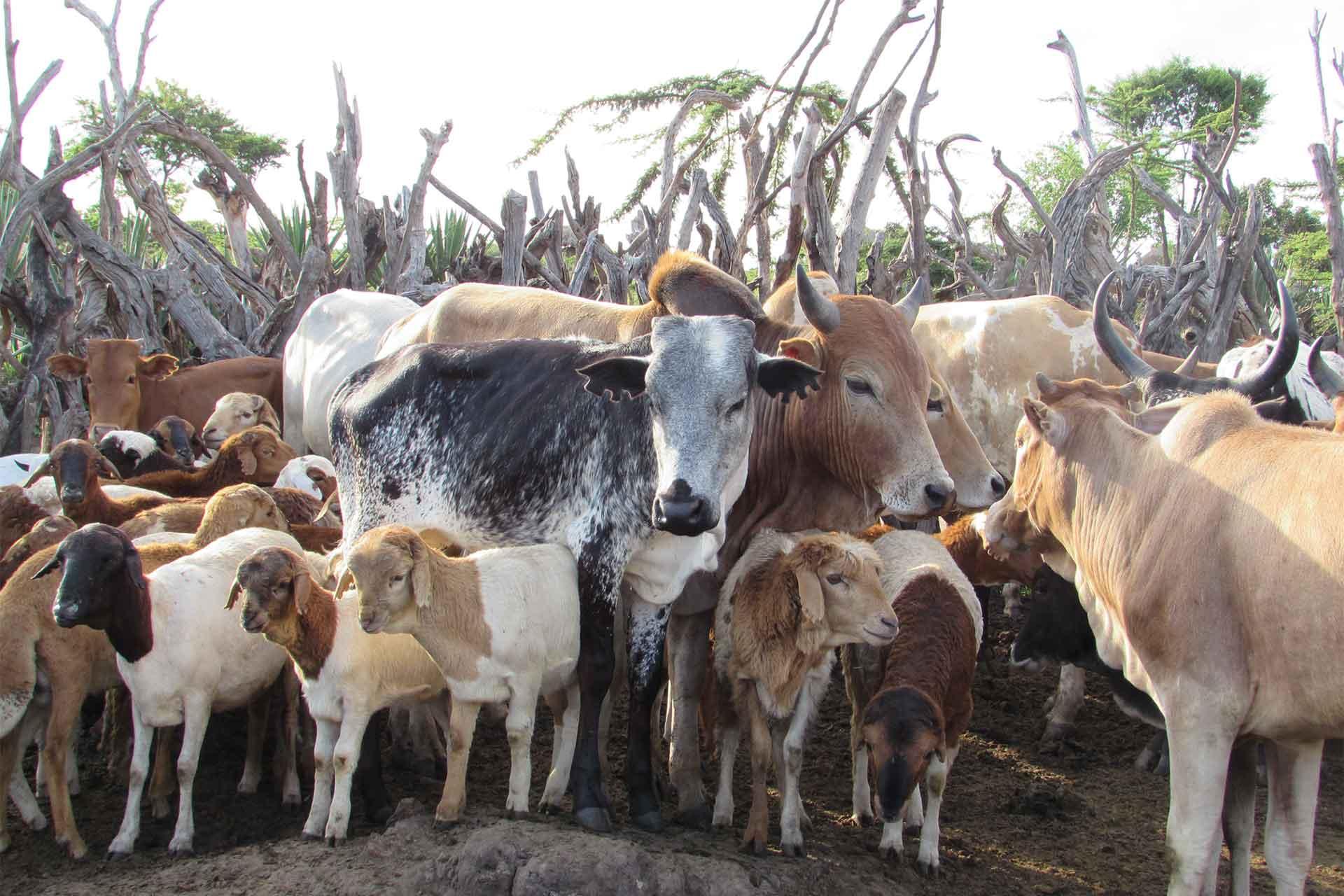Differences in the host immune response may explain why cattle are less susceptible to peste des petits ruminants (PPR) than goats, according to a collaborative research effort by scientists at The Pirbright Institute and the Tamil Nadu Veterinary and Animal Sciences University (TANUVAS) in Chennai, India.
The study, published in the journal Viruses, shows that peste des petits ruminants virus (PPRV) infection activates higher levels of immune system gene expression in cattle immune cells compared to goat immune cells. This may be one of the reasons why cattle are able to keep PPRV in check while goats succumb to it.
Small ruminants such as goats and sheep are particularly susceptible to PPR, also known as goat plague, with the disease causing up to 90% mortality in these animals. In contrast, PPRV infected cattle and buffalo produce antibodies but do not show clinical signs of disease and are considered to be ‘dead-end hosts’.
Previous studies by scientists at Pirbright have shown that up to 80% of cattle and buffalo may be positive for PPR antibodies but it is not known if these animals play any role in the spread of PPR. In order to determine why infection of cattle is sub-clinical but goats are more susceptible the researchers at Pirbright and TANUVAS decided to analyse the gene expression profiles activated by PPRV infection.
To do this they took blood from cattle and goats that had not been previously infected with PPRV and isolated immune cells called peripheral blood mononuclear cells (PBMCs), which are involved in the first line of defence against viral infections. These cells respond to infection by producing interferons and other proteins that signal to surrounding cells a virus is present and cause them to activate genes that will limit the infection.
When the researchers infected PBMCs with PPRV they saw that cattle cells activated interferon stimulated genes (ISGs) at much higher levels than PBMCs from goats. This indicates that cattle may have a stronger innate immune response to PPRV than goats.
Professor Satya Parida, Head of the Vaccine Differentiation Group at Pirbright said: “This is the first time we have shown that there may be a difference in the activation of immune systems in different species and that the complex interaction of these genes might be one of the reasons why PPRV infection of cattle is sub-clinical, while goats are much more susceptible.”
Further experiments are being planned on some of the genes identified in the study to better understand their contribution to the immune response and control of PPRV replication between these animal species. In addition, determining the host factors that lead to disease susceptibility or resistance will help researchers to identify novel therapeutic targets and inform better control strategies for PPR.
The study was funded by the Biotechnology and Biological Sciences Research Council, part of UK Research and Innovation (BBSRC UKRI) through a Farmed Animal Disease and Health (FADH) grant, and the Department of Biotechnology, Government of India.
